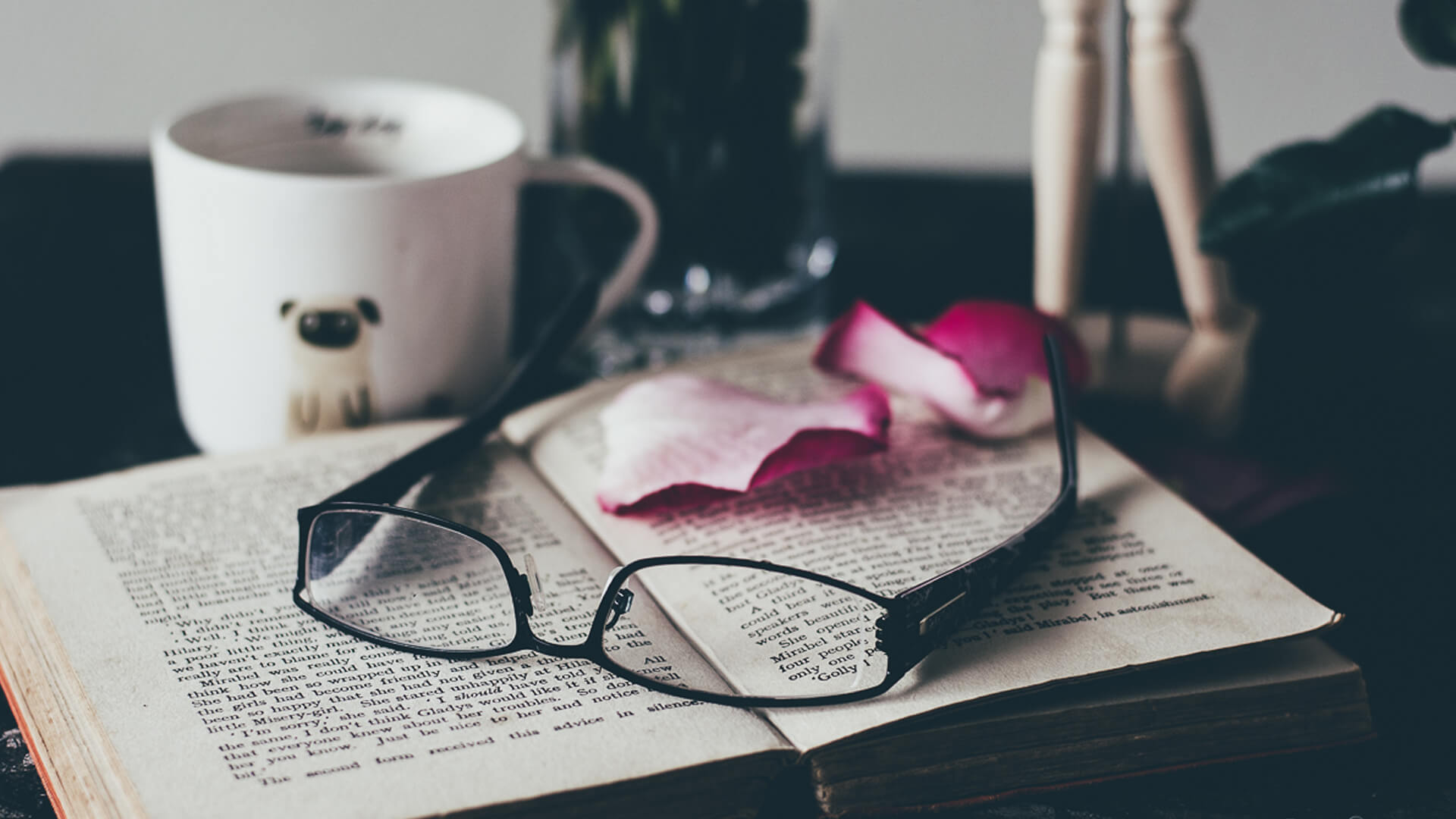The art of still life and styling starts long before we press that shutter button. In the below article I’ll talk about the secrets of what to do during the gather, shoot and edit.
Still life — whether that is flowers, macro, product or food photography — is arguably one of the most challenging types of photography out there. But it can also be the most rewarding. Like a painting, you start with a blank canvas and build layer upon layer as you stage your scene until you reach the perfect balance of reality and art and capture it with your camera.
Tell a story
One of the main things to consider in still life photography is the story. The story really is everything. There is the story of the subject and then there is also the story with the props. Why is your main subject or hero there? The surrounding props tell what and why your hero subject is there at all.
Experiment with creating varying heights, angles and different levels. There are really only a few camera angles in still life photography that you see again and again, but you need to make a conscious decision about the one you choose. Where you place the camera will affect the type of story you’re trying to tell. Think of the subject beforehand. Its size, shape, height and what’s unique about it. Then place the camera where you think best highlights these qualities.
Lighting
Light is key — there is no argument here — but acquiring a few tools to help you control your light will bring your photography up to the next level. Poor use of light will ruin your images, especially with food and will immediately turn your audience off. So making sure light doesn’t distract or detract will help out your photos enormously.
Using diffusers and scrims, light blockers and reflectors can make or break an image. They do not have to be large or expensive, as the scale is often much smaller for still life.
Composition
With all these props and items in the frame, how will we ever get the audience to look at our subject? Well, bring on the trusty techniques of composing with lines and layers. You can use props to create lines and layered effects in your images. This is a compositional technique used by photographers to lead their audience’s eyes to the main subject.
This is my personal favorite. I love hunting for props and backgrounds to put in my images. This could also have been my first big mistake when I was starting out. It’s great to have props that are colorful, but if you’re not careful that colorful prop can easily upstage your main subject and grab all the attention. Too many colors can also confuse the viewer. Keep it simple and harmonious.
Do not completely discount a great black and white image either. While there is no color, you can work on the contrast and intensity of the blacks, whites and grays to add visual appeal to your still life images. Desaturated images, without total blacks or whites, can have quite a dramatic impact as well, it is worth exploring different options and seeing what visually appeals to you.
Take out stuff you don’t need. Take out things in your scene that are distracting and pair down to just one main focal point. If the scene is too cluttered you will lose the viewer’s interest. When first starting out try to limit items in the scene to perhaps three layers which will convey depth and story.
Background
Your background can be so vital to the overall success of your photo. What is seen in your background can make or break your image, so it deserves as much attention as the foreground in your scene. You want to treat the background elements just as you treat the foreground elements. Think about how bright/dark it is, the colors, how much blur you want, etc. You will want to move yourself, move your subject and change your depth of field by getting closer or further away. Avoid anything that will be distracting in your background. If it isn’t adding to your story, remove it.
Gear
To get those razor-sharp crystal-clear photos you may need a tripod and a remote trigger to control your camera, this eliminates camera shake. You’ll see a huge difference in how your tripod can help you get those perfect sharp images, which can be very appealing. Investing in a good tripod is worth it, especially if you want to do beautiful flat lays. The integrated arm has totally changed my photography and saved my back.
Remember though to make sure it is securely weighted down with sandbags or similar to avoid the tripod being tipped over with the weight of the camera and lens. Also make sure your tripod is suitable for the weight of your camera, as some DSLRs and lenses can be quite heavy and an overweight tripod head will get damaged very quickly. It can be disastrous for your camera.
Continually look at beautiful imagery to see what excites you and inspires you. There are so many different styles and aesthetics in still life, I am sure there is something that will appeal to everyone. Above all, practice, practice, practice. Visualize the shot, be creative and pay attention to details and light. All are a must in photography, and probably won’t finish here … and then practice, practice, practice some more.
Source link








Leave a Reply